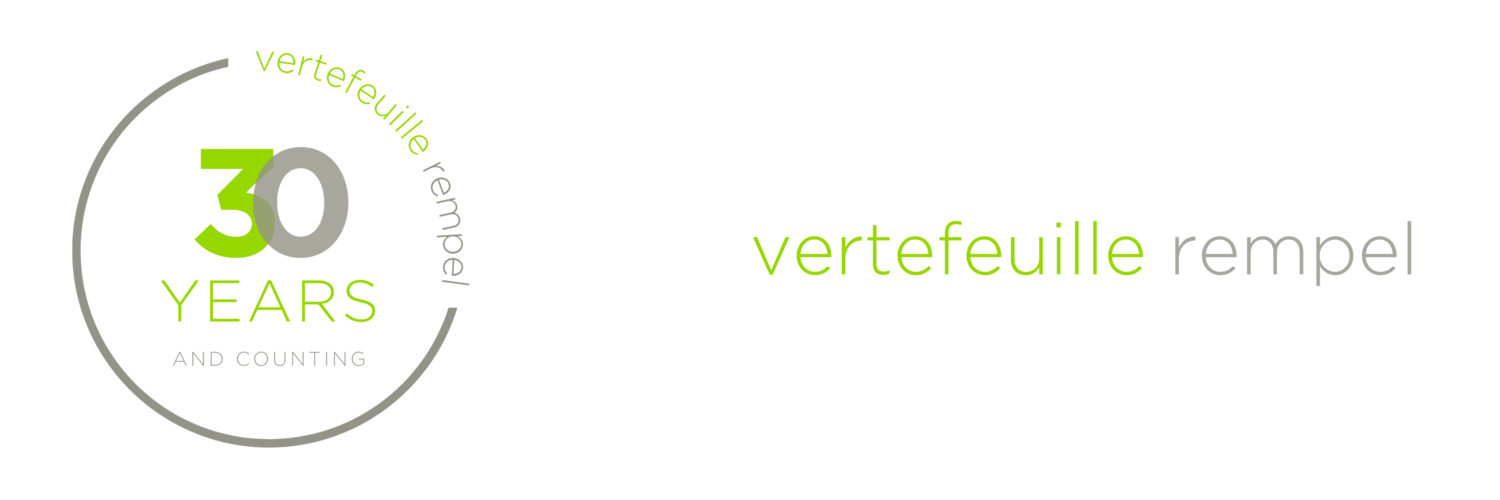Passive Income and Small Business Deductions
The BIG Picture
We’ve always encouraged our clients to view their corporations as retirement vehicles. An opportunity to save and invest excess funds, generating passive income inside the corporation. In retirement, the savings are withdrawn (much like RRSPs), but with the possibility of more favorable personal tax treatment.
The Short Version
Passive income from your corporate investments could potentially result in a higher tax rate applied to your active business income (27% instead of 11%).
The Details
For tax years beginning in 2019, there is an annual passive income threshold of $50,000. For every $1 above the threshold, the Small Business Deduction (“SBD”) available will be reduced by $5. When passive income reaches $150,000, the SBD will be fully eliminated.
All of your passive income will continue to be taxed as it was previously (no changes). The SBD will be revised for excess passive income (new). Active business income above the revised SBD will be taxed at 27%, rather than 11%.
Is the rate change from 11% to 27% a real tax increase?
That depends. If you’re withdrawing dividends from the corporation and reporting personally, it’s more of a shift than an increase. Corporate taxes may be higher, but personal taxes would be lower.
Currently, the integration between corporate and personal tax is not perfect. This creates a slight advantage for 2018 but will be corrected with the passive income changes in 2019. This is where we capitalize by determining the optimal amount and type of dividends.
Passive Investment Income – What’s Included?
(Technically referred to as Adjusted Aggregate Investment Income (“AAII”))
The Not So Obvious Issues
1. Net capital losses – AAII threshold calculation only
Net capital losses can only reduce the taxable capital gains for that specific year (for passive threshold calculation purposes).
They cannot be used for other years. This will be important if you are monitoring your income to stay within the threshold.
2. Timing of the SBD revision or clawback
The clawback calculation uses the AAII earned in the tax year that ended in the previous calendar year. For example, the clawback calculation for the December 31, 2019 tax year will be based on the AAII earned in the December 31, 2018 tax year.
This means that AAII for 2018 year-ends matters. If AAII is above $50,000, then the SBD available for 2019 will be reduced/clawed back.
3. Associated corporation
Associated corporations share the passive income threshold, just like they share the SBD. The passive income must be aggregated and then the revised SBD is shared, as usual.
How Can We Minimize The Impact?
Like most tax planning, the best recommendation for YOU will depend on your individual circumstances and goals. There are several ways to reduce net investment income or minimize the impact. We’ve identified a few options below and would be happy to discuss your situation specifically.
Portfolio restructuring
Capital gain/loss timing
Reduce active business income below the revised SBD
Exempt insurance policies
Individual pension plans

